SLAC, Stanford researchers revitalize batteries by bringing ‘dead’ lithium back to life
Green Car Congress
DECEMBER 23, 2021
Researchers at the Department of Energy’s SLAC National Accelerator Laboratory and Stanford University may have found a way to revitalize rechargeable lithium batteries, potentially boosting the range of electric vehicles and battery life in next-gen electronic devices. Credit: Greg Stewart/SLAC National Accelerator Laboratory.


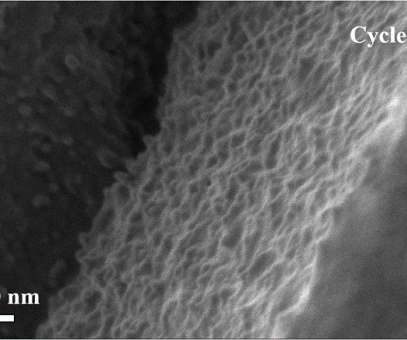

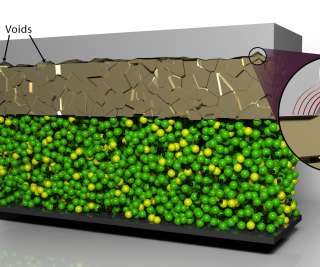




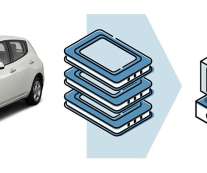
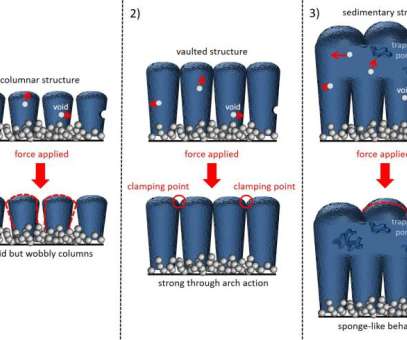

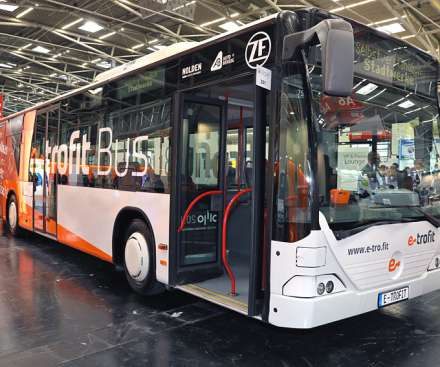




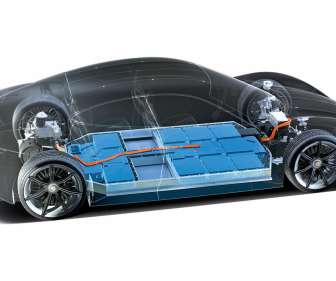








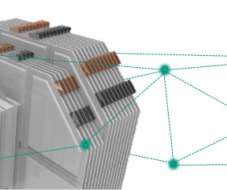








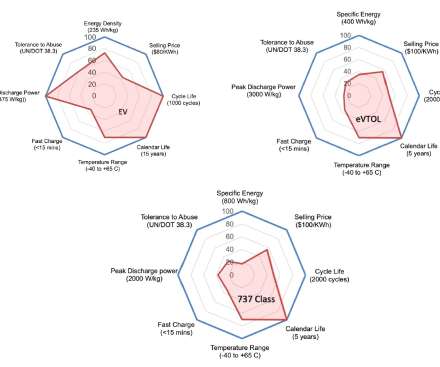






Let's personalize your content